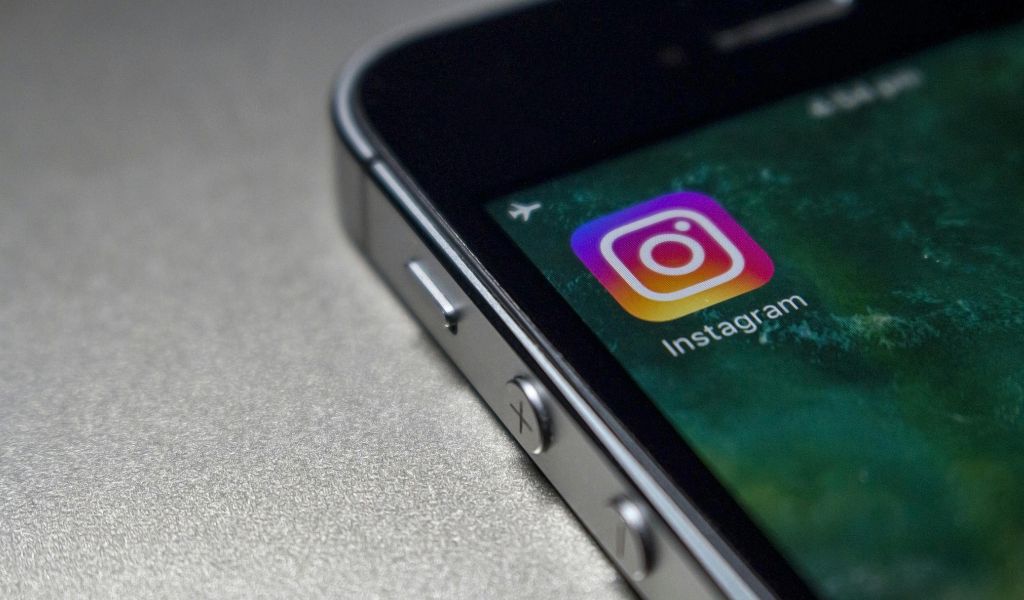How AI Website Builders Are Transforming Seo Strategy For Hosting Companies
Dec 04, 2025

Dec 04, 2025

Dec 04, 2025

Dec 04, 2025

Dec 02, 2025

Dec 01, 2025

Nov 29, 2025

Nov 28, 2025

Nov 28, 2025
Sorry, but nothing matched your search "". Please try again with some different keywords.


Let’s be real—apps run our lives now. Shopping, banking, gaming, even betting on Sunday’s big game—it’s all happening in a few taps. The crazy part?
The pace of growth just keeps accelerating.
Thanks to AI making everything hyper-personal, slick mobile-first designs, and local rules shaping betting platforms, apps are changing not just how we spend money but how we live day-to-day.
So, if you are wondering how the digital platforms are reshaping consumer behavior, affecting the app economy, I have got you covered.
In this blog, I am going to explore the app economy, focusing on how diverse kinds of apps contribute to the digital economy. So, keep reading to know more!
App downloads aren’t slowing down anytime soon. In fact, the numbers are kind of mind-blowing.
By 2025, global downloads are expected to hit 299 billion (yep, billion), compared to 257 billion in 2023. That’s roughly 819 million downloads happening every single day.
Closer to home, the U.S. app market pulled in $44.9 billion in 2023, which is $2 billion more than in 2022.
Americans downloaded 12.5 billion apps that same year and racked up a whopping 217 billion hours using them. Imagine the collective screen time—that’s practically another universe.
So, how’s all that usage making money? The short version: apps are money machines. Global mobile app revenue topped $935 billion in 2024, and consumer spending is on track to hit $150 billion in 2025.
The app stores themselves are raking it in—Apple App Store was forecasted to pull $159 billion in 2024, while Google Play was around $76 billion.
Almost all of that revenue (98%, to be exact) comes from free apps cashing in on ads and in-app purchases.
AI-powered apps are another gold rush, hitting $8.5 billion in 2025 and projected to balloon to $19 billion by 2028. That’s a 10x jump compared to 2023. Wild, right?
It’s not just about money—it’s about how deep apps are woven into daily habits. On average, U.S. users spend about 4 hours and 2 minutes glued to their smartphones daily.
Globally, that number is closer to 4.9 hours, and nearly 90% of that time happens inside apps, not browsers.
Here’s the kicker: 49% of people open an app more than 11 times a day, while one in five millennials checks in over 50 times.
The typical person uses 10 different apps daily and about 30 in a month. No surprise then that 70% of all U.S. digital media time is happening in apps.

Ever notice how your apps seem to “just know” what you want? That’s AI personalization hard at work—whether it’s Netflix serving up your next binge or TikTok reading your brain.
From smarter ad targeting to predictive analytics, AI makes apps feel more like extensions of ourselves than just tools.
And since almost 9 out of every 10 minutes on mobile is spent in apps, companies that don’t have a strong mobile app strategy are basically leaving money on the table.
Shopping apps are a whole different beast now. Forget browsing on desktop—apps dominate retail.
E-commerce app revenue jumped to $3.88 trillion in 2023, up 8.1% from the year before. In the U.S., mobile e-commerce accounted for 7.6% of all retail sales.
The mix of personalization, convenience, and one-tap checkouts has turned phones into shopping malls.
Banking apps have pretty much killed the need to walk into a branch (unless you really like waiting in line).
By the end of 2025, 2.17 billion people worldwide were using mobile banking, which is up 35% since 2020.
In the U.S., adoption is climbing fast. 72% of adults used mobile banking in 2025, compared to 65% in 2022.
Even more telling, 64% of Americans said they’d rather bank on their phone than go to a branch. Branch visits dropped 51%, while mobile banking transactions jumped 67%. Total?
Over $620 billion in mobile banking transactions in 2025, compared to $500 billion just two years earlier.
Gaming apps were already huge, but sports betting apps are exploding. In 2022, U.S. sports betting apps brought in $7.4 billion—up 71% from the year before.
By mid-2025, annual revenue hit $11.73 billion from a $141.05 billion handle.
New York even hit a record in October 2024 with $2.3 billion in wagers. FanDuel and DraftKings led the pack, pulling in close to $1.7 billion combined.
Meanwhile, states are cashing in too—New York alone saw $595.4 million in mobile wagering revenue for public education in 2024.
By 2025, sports betting will be legal in 39 states, plus DC and Puerto Rico. Local apps like BetMGM Missouri and the bonus codes are tailoring promotions to fit regional rules and user behavior.
Ordering food is almost too easy now. Starbucks set the tone back in 2009 with mobile payments, and Taco Bell followed with ordering in 2014.
Today, every major chain has an app with loyalty perks, exclusive deals, and personalized menus.
These apps don’t just take orders—they track what you like, where you are, and when you usually order. In exchange for discounts and freebies, customers happily trade that data.
Teens, in particular, are hooked. Their brains light up on instant rewards, which makes loyalty apps ridiculously effective at keeping them coming back.
Tap, click, swipe—it’s never been easier to spend money. Digital wallets and “Buy Now, Pay Later” options have made checkout frictionless, which is great… until it isn’t.
In December 2023 alone, U.S. consumers spent $19 trillion. But behind the convenience lurks a bigger issue: debt.
Household debt hit $17.5 trillion, and credit card balances topped $1.05 trillion, with delinquency rates rising.
Financial pros often warn against saving payment info in apps and suggest setting alerts to avoid overspending. Easy money can turn into easy debt.
So what’s next? Apps are only going to get smarter. AI will keep pushing hyper-personalization, while privacy and regulation debates heat up.
In 2025, U.S. mobile ad spend is projected to reach $228.11 billion.
The market’s already bouncing back after its pandemic dip. Global installs jumped 11% in 2024, and app sessions grew 4%.
Super-apps—those everything-in-one platforms popular in Asia—are creeping into Western markets too.
For brands, it means navigating local payments, stricter privacy rules, and investing in better analytics if they want to stay relevant.
Read Also:
Barsha is a seasoned digital marketing writer with a focus on SEO, content marketing, and conversion-driven copy. With 7 years of experience in crafting high-performing content for startups, agencies, and established brands, Barsha brings strategic insight and storytelling together to drive online growth. When not writing, Barsha spends time obsessing over conspiracy theories, the latest Google algorithm changes, and content trends.
View all Posts
How AI Website Builders Are Transforming Seo ...
Dec 04, 2025
Pinterest Unblocked: How To Access Socials By...
Dec 04, 2025
Instagram Unblocked: A Guide To Accessing S...
Dec 04, 2025
Gimkit Host: Is This Online Game Hosting Too...
Dec 02, 2025
Driving Growth Through A Smart Product Market...
Dec 01, 2025

